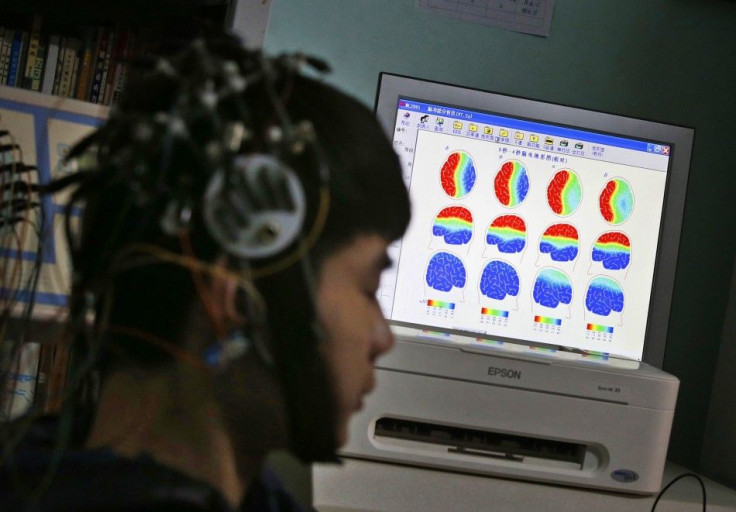Latest Study Reveals How Brain Processes Emotions
Though emotions seem personal and subjective, for the brain they are just a set of patterns and codes

A new study by the Cornell University neuroscientist Adam Anderson reports that though feelings are personal and subjective, the brain turns emotions into objective codes and represents them across different senses, situations and people.
Anderson, associate professor of human development in Cornell's College of Human Ecology and senior author of the study, explained that they had discovered fine grained patterns of neural activity is within the orbitofrontal cortex, which is the area of the brain that is associated with emotional processing. This acts as a neural code which captures an individual's subjective feeling. "Population coding of affect across stimuli, modalities and individuals," said the study, published online in Nature Neuroscience.
Their discovery provides an insight of the manner in which the brain represents human emotions. This, Anderson calls the last frontier of neuroscience. Emotion is simply the activation of specialised regions in the brain. This is what arouses a positive or negative emotion.
As a part of the research, participants were presented with a varied series of pictures and tastes during functional neuroimaging, then an analysis of the participants' subjective rating of their experiences, along with their brain activation patterns was done.
Anderson said, "It appears that the human brain generates a special code for the entire valence spectrum of pleasant-to-unpleasant, good-to-bad feelings, which can be read like a 'neural valence meter' in which the leaning of a population of neurons in one direction equals positive feeling and the leaning in the other direction equals negative feeling." This is what the test results also confirmed. The valence was represented as sensory specific patterns in the taste and vision-related areas in the brain and also as sensory independent codes in the Orbi Frontal Cortices (OFC). Authors say that these facts suggest that emotions may not just be controlled by these areas of the brain but may centrally depend on our perception of sensory experience.
Furthermore, the experiment showed that emotions evoked by sight or taste, if similar, produce similar patterns in the OFC. This means that no matter what the emotion, the brain recognises it as codes and patterns, be it pleasure or displeasure. These patterns were also seen to be partly similar among people experiencing the same emotion.
This experiment confirms that though feelings are subjective and the popular opinion is that each one's emotions differ, for the brain they are just a set of standard codes similar amongst people.





















